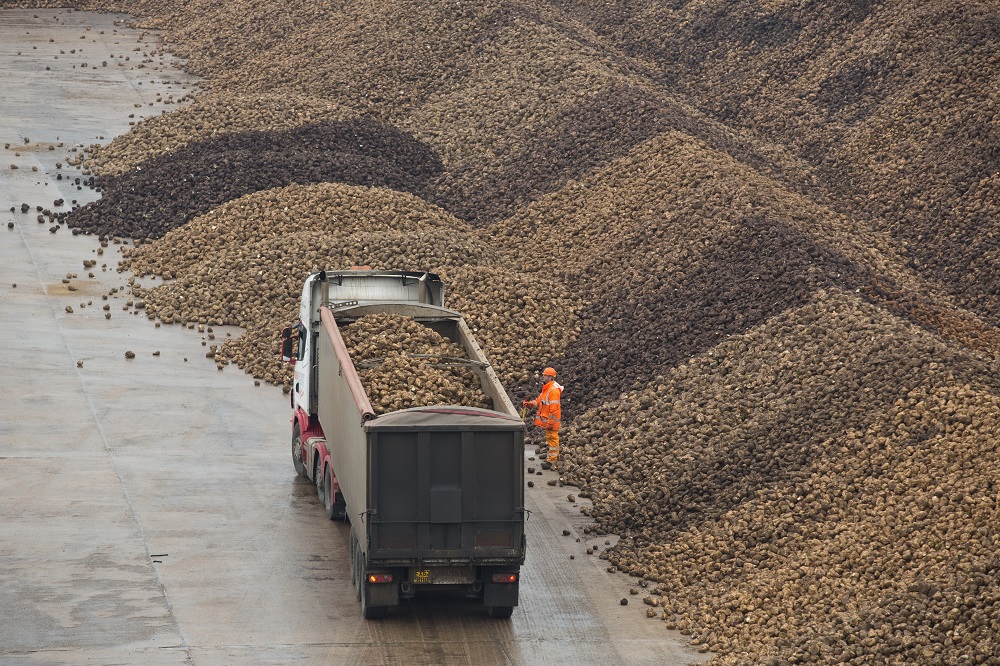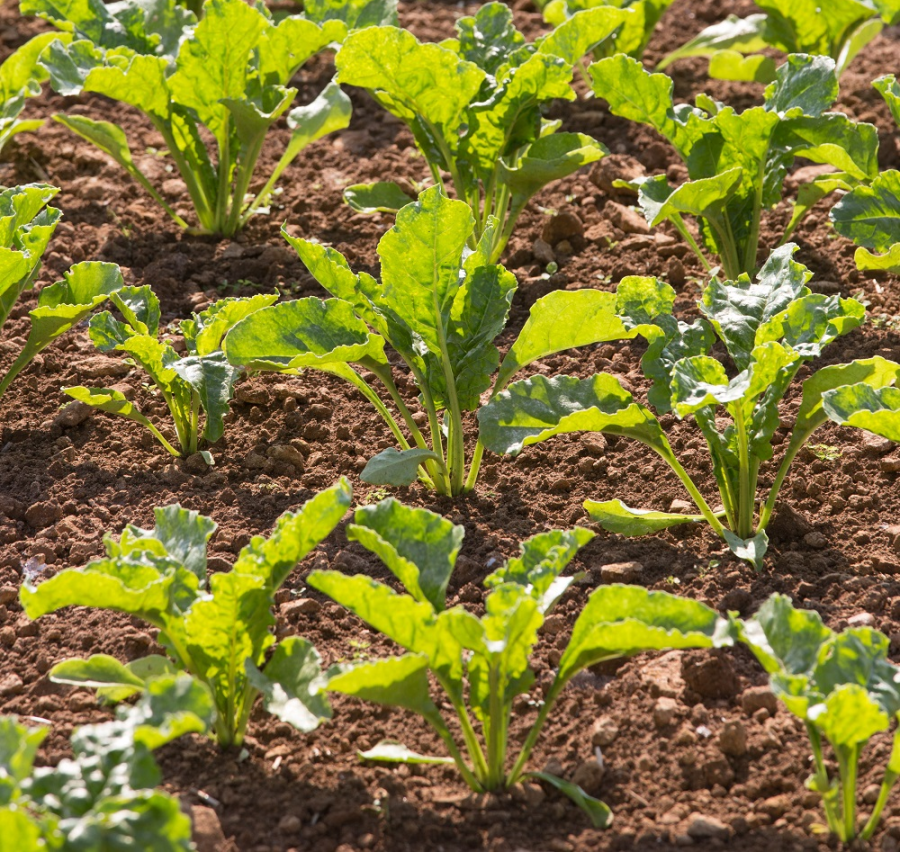What the sugar beet crop doesn’t need this year is a poor yielding season as growers ponder their options for 2017. CPM assesses prospects for the current and future seasons.
2017 will be decision time for the wavering grower population and, much like the EU ballot, there will be no third option.
By Lucy de la Pasture

As sugar beet crops got off to a difficult start this spring, it could be a foreboding sign of the politics surrounding the commodity as it moves uneasily towards its first season in a post-quota era of production in 2017. In spite of a backdrop of uncertainty, however, Norfolk-based sugar beet consultant Robin Limb believes that the crop has a lot to offer.
Tricky ground conditions, delayed sowing and an unseasonably chilly April have weighed against this year’s crop, he notes. But a warm start to May partially rescued the situation and the crop really moved on.
Good at compensating
“Sugar beet is a crop that’s very good at compensating and, with favourable conditions, can still perform very well this season. The crop still gives a return if yields in excess of 70t/ha are achieved and, although it’s unlikely to be a record year, the sugar beet in the ground looks like it will continue to deliver, even under the challenging conditions at the start of the season,” he says.
“Plant populations are generally looking good, helped by the use of higher seed rates to obtain stands upwards of 100,000 plants/ha. The upside of a wet winter is that soils should have reasonable moisture reserves as we head into the drier months so there’s still everything to play for.”
Myzus persicae numbers are likely to be high after a warm winter and there have been many concerns expressed by agronomists about an early influx of high numbers of aphids into beet crops this spring and according to BBRO, the threat remains high.
Late drilling and speedy growth during May might be a help, reckons Robin Limb, with many crops growing quickly

There’s a lot of potential in the 2016 crop, and plenty to play for in 2017 and beyond, for those who want to commit, says Robin Limb.
through the growth stages when they’re most vulnerable to virus yellows, while still under a high degree of protection from seed treatments.
“Once crops are beyond the 6-8 leaf stage, beet plants are very resilient and will grow and grow. As much as 40% of beet yield is put on from Sept, so even though the beet crop is two weeks behind usual, and this will impact on overall light interception, there’s still a lot of potential in the crop,” he believes.
And potential is something Robin Limb also sees for UK beet growers as beet quotas become a thing of the past.
“Many will be considering their options for 2017 at around the time that the UK electorate will be deciding on the far greater issue of EU membership,” he says, adding that, “Beet contracts have been delayed until later than usual as discussions between NFU and British Sugar continue.
“The similarities are somewhat intriguing. At the beginning of May, the three voting populations in the referendum were roughly split between ‘In, Out and Undecided’ – the same can be said for beet growers,” he believes.
Having been afforded the option to sit on the fence for the past two years and effectively grow as much or as little as appealed, in 2017 growers will have to decide if they are voting ‘in’ or ‘out’ with the crop.
Negotiations between British Sugar and the NFU have been underway for some time about how to structure a post-quota contract.
“Flexibility around contract term and pricing has been touted as a progressive approach to the Brave New World, but in reality this is just tinkering in the face of uncertainty over how the rest of this decade will play out before some semblance of stability returns.
“Those growers that took the option of a contract ‘holiday’ in 2016 may otherwise have exited, but instead clung onto their options in the hope that there might be some monetary compensation for ultimately throwing in the towel: if

There’s currently excess processing capacity in Europe, which will have to rationalise in a more ‘dog-eat-dog’ marketplace.
that’s the case they will be sadly disappointed. 2017 will be decision time for the wavering grower population and, much like the EU ballot, there will be no third option.”
Whatever the outcome of the vote on EU membership on 23 June, there’s likely to be a messy period while implications of the result are assessed and the system ‘shakes down’, believes Robin Limb.
“In any case, while UK growers have a contract in their hands then they only have to worry about producing enough tonnes to fulfil it – it’s British Sugar that takes all the risk on price,” he says.
“There’s currently excess processing capacity in Europe and this is something that will have to rationalise in a more ‘dog-eat-dog’ marketplace. France is already challenging for British Sugar market share and have made known their desire to increase production by 15%. The only way they can do this is by taking market share away from fellow European countries. It’s all going to become a lot more aggressive,” he explains.
It’s a situation that could become further complicated if the UK removes itself from the wing of the EU. In Robin Limb’s opinion, even the much watered-down Sugar Regime still affords tariff protection from the dumping of world imports. But if the UK vote leaves us outside the EU, it’s unlikely that any such security would be offered to the UK industry. In a worst-case scenario, UK growers could be left competing at a world market price, he points out.
In spite of all the uncertainty, there’s still likely to be a future for UK growers who choose to stick with the beet crop. “Provided the internal EU market stabilises at some point, and supply comes more into line with demand, there is no reason why the beet price should fall further than its current level of around £20/t,” he comments.
“As trended yields inevitably continue to rise, this price level will look increasingly attractive – depending, of course, on the profitability of alternative crops.”




